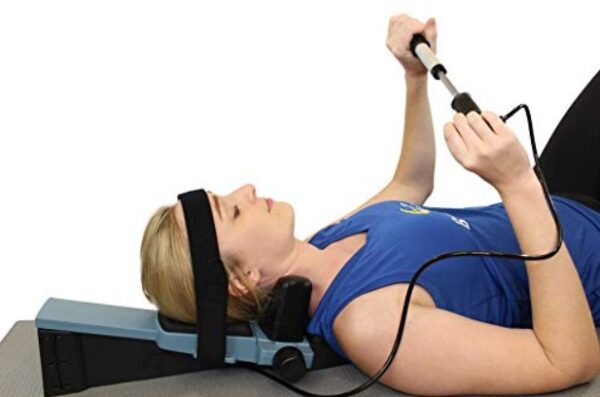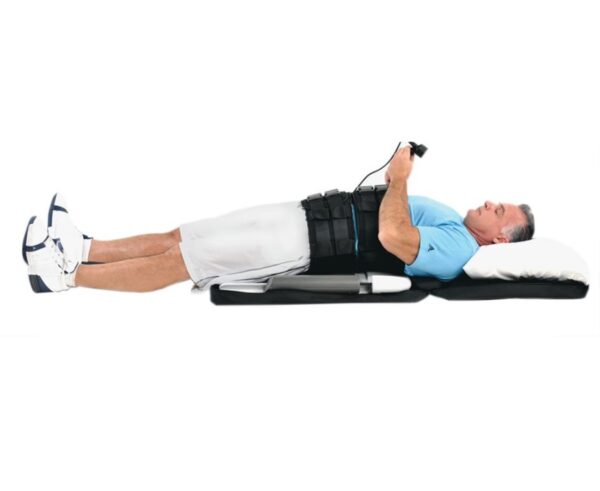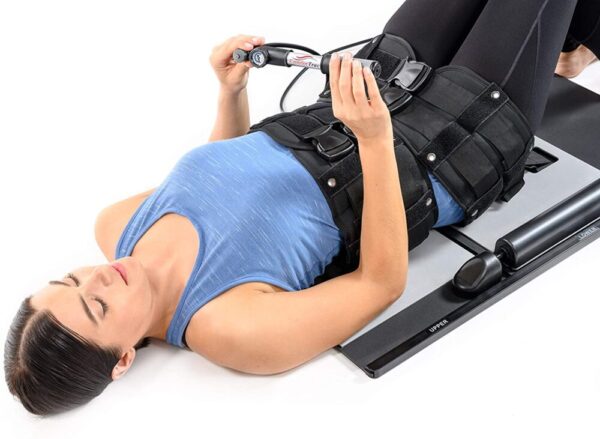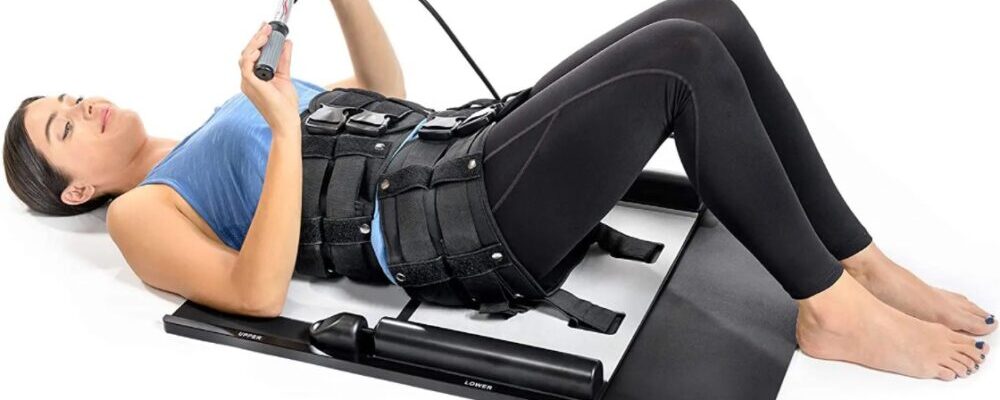If you are wondering the best therapy modality to help treat your whiplash, you might be wondering which is the most effective. Although you have just recently been in an accident, whether it was a fight, car accident, or sports injury, figuring out the best recovery method is the key to avoiding long-term injuries to your neck or your spine. But what should choose that is safe and well-respected in the healthcare industry?
Avoid using sudden adjustments and movements that can lead to further damage over time. Although chiropractic adjustments can be seen as a safe method to help treat spine misalignment, neck and shoulder pain, you may find the harsh movements that the chiropractor does to adjust your spine can cause more harm than good.
Instead of risking your health for the chiropractic adjustments, why not try something else that is safe, slower, and more effective? One of the best therapy modalities that you should buy online for whiplash is Saunders lumbar traction. This therapy modality is a safe and controlled way in which the doctor will use traction – a pulling force – to realign your spine and avoid any neck and back pain that can cause long-term ache. Click here to find more information.
Let’s see the benefits of using Saunders lumbar traction to cure whiplash handhelds and you get back to your daily life!
How Saunders Lumbar Traction can help cure whiplash

Everything you need to know about whiplash
The first thing is first – what is whiplash? Before we can understand why Saunders lumbar traction is the best therapy modality for this injury, we need to know what causes it and its effects in the body. Whiplash is commonly an injury to your neck that is due to a very quick back and forth motion. If your head is suddenly whipped back and forth, as the result of a hit, accident, fall, or some other type of vaccine, you will find that your neck is very sore and painful afterwards.
Typically, the most common cause of whiplash is a rear-end car accident where your body suddenly goes forward and back in a very short time frame. Since you will be hit from the back, your body will whip forward and then whip back into the seat – the whipping back into the seat will cause your neck to reverberate off the seat. This quick reverberation will cause the whiplash sensation and cause neck pain and stiffness. It is also common in many sports injuries, such as being tackled in football, falls in other sports, and other kinds of traumas or accidents.
The most common symptom that you will find with whiplash includes headaches or migraines, tenderness on your shoulders, dizziness, nausea, loss of range in your neck/stiffness, ache with moving of the neck, and fatigue. Some of the more severe symptoms that can occur from untreated whiplash include depression, irritability, ringing in the ears, and insomnia.
If you do not use Saunders one to treat the whiplash, you may find that other server applications can develop from this condition. If you do not use a therapy modality to get rid of the neck pain and treat the issue, you can end up with severe neck pain, a very limited range of motion (trouble turning side to side), and nerve pain (neuralgia) that will spread into your shoulders and your arms.
Why you should use Saunders Lumbar Traction

Lumbar traction is a very commonly used therapy modality for back pain that can help with the symptoms of whiplash once it spreads into your shoulders, neck, back, and legs. If you find that the symptoms and the effects are long-lasting and you are now experiencing muscle and nerve pain in other parts of your body, this can be cause for concern. At this point, you should consider using Saunders lumbar traction to treat whiplash.
But what is Saunders lumbar traction? It is simply a type of therapy modality that uses gentle traction to help improve the space between your spine – if you find that your spine has been compressed and it is leading to neuralgia and stiffness, stretching the spine can lead to an improved range of motion and less compression pain. By separating the bones of your spine, you can help reduce pressure on your nerves and get rid of the ache.
Studies have shown that people with back pain and those who have any impingement in a range of motion can use it to help with pain management, movement therapy, and other physical therapy to help with the movement of the spine.
Benefits of lumbar traction

- Reduce back pain – the main purpose of using the traction to help with whiplash is to reduce any lingering back pain that can result as a consequence of whiplash. If it was never effectively treated, the stiffness and ache can travel from the neck to the lower back. In this case, using Saunders lumbar traction is the best way to get relief from centralized back pain. If you find that you have focused back pain as a result of a lack of range of motion, using the traction can help with your flexibility and ability to perform physical therapy exercises that can help you return to normal life.
- Ability to exercise – the last reason that you should use Saunders lumbar traction to help with whiplash is that it can help you with pain management enough to be exercised. Exercising is one of the best ways you can reduce back pain and stiffness. If you are sitting down all day or laying down, you will have limited flexibility and range of motion in your back – however, by doing exercises that focus on your lower back and the surrounding muscles, you can improve your range of motion and get rid of stiffness and inflammation in that area.
Conclusion
If you have been the victim of whiplash, then you might be wondering the best way to treat this long-term ache. Instead of letting it go untreated and cause long-term effects, such as depression and limited range of motion, using Saunders lumbar traction can help you with your flexibility, inflammation, and pain management.




